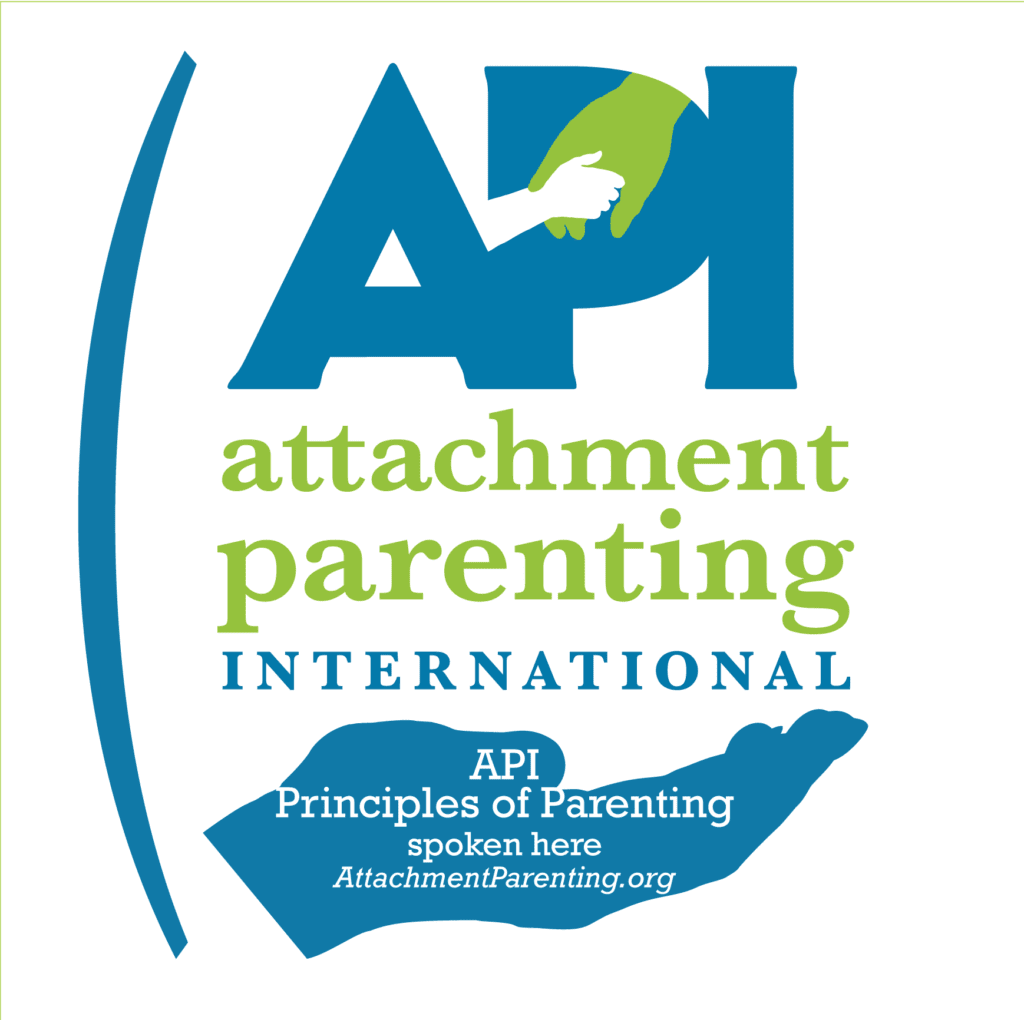How can I tell if my child’s anxiety is general or situational?
What this person was asking about specifically is, is Is her child’s anxiety being caused by an event at school? Her child is experiencing some school refusal.
That seems to be coming up a lot in the questions I’m getting these days. So is there something going on at school or is this just generally how the child is experiencing the world? Are they just being more anxious? How do we tell the difference? The easiest way to tell the difference is, does this seem atypical for your child?
Has your child been anxious in the past? Have they been the kind of child who worries about things a great deal? Is this a child who always liked to stick close to home, who maybe struggled with you leaving them when they were younger, who now struggles at Bedtime or did struggle at bedtime in the past.
Something to know about school refusal when it’s not related to an event is very often it’s about separation anxiety. The child does not want to separate from you or from their home, or they don’t like you separating from them. So you would look for a history of that when they were younger or in the past.
Or, it has to do with social anxiety. So is this a child who’s always been a little bit shy or has been nervous about social events? Is this a child who is more withdrawn? If this seems consistent with your child’s behavior, even if it’s new, this particular manifestation of anxiety is new, then it’s likely to be a reflection of their anxious Now, if this seems completely out of character, if your once outgoing, optimistic, bright eyed child is all of a sudden shutting down, getting more morose, unwilling to talk to you about what’s going on, that is a sign that something has happened, that an event has happened.
What we’re looking for is behavior that is more or less consistent. What we do know is that anxiety does not get better without attention and care and coping tools. That’s because those of us who have anxious brains will continue to have anxious brains, and we need to learn how to work with our anxious brains.
If we don’t learn how to work with it, if we stay stuck in the avoidance that is the biggest signpost of dysfunctional anxiety, then our lives will get smaller. You’ll notice children who have not learned to manage their anxiety just seem to get smaller. They may have outbursts, but what you see They’re less willing to do things in life.
They’re less willing to open up and share. They’re less willing to make connections. They’re less willing to take advantage of opportunities. They are harder on themselves. They use more mean language when they’re talking about themselves.
And that’s anxiety shrinking them. Because at the core of anxiety is this idea that We cannot take chances. We cannot try new things because those things might hurt us. Anxiety is an overactive danger response. If your child has previously been super forward about things and it’s now shutting down, Something is going on.
There’s been something going on. However, if you look back and say, you know, they did have a fear of thunderstorms when they were younger and they did used to worry a lot about, um, forgetting to feed the dog. Uh, they do ask for reassurance a great deal. They did have that period of separation anxiety in preschool.
Then this new behavior I know these things can be tricky. One of the ways you can figure it out, because it can feel difficult, if we’re living with our child, we might not notice changes over time, or we might be accustomed to the way things are going on, is to take my Parenting Pitfalls quiz. That’s a ChildAnxietySupport.com quiz, just go to my front page, ChildAnxietySupport. com, and I think there’ll be a pop up and, and at the bottom, at the bottom in the footer will be a link to it. And I really encourage you to take that. That can help you see patterns of anxiety that you may not realize were going on. So if you’re not sure, is this an event?
One of the ways you can start to figure it out is take that quiz. If the scores are pretty high and have been over time, you look at it and say, these are behaviors that have been happening in our family for quite some time. That is a good indicator that this is part of the way your child is experiencing the world as an anxious person.
Now, that doesn’t mean that something might not have happened. Uh, there could still be, there could be a child who’s generally anxious, and then they get bullied, and that really revs things up, or they have a mean teacher, and that’s when their anxiety really becomes an issue. So I’m not saying that it’s all or nothing.
It’s usually kind of a mix of the two, but that at least will help you figure out, is, is this something I really need to look for? Something dangerous going on? Or is this more about I need to help my child learn some coping tools and need to learn to figure out how to manage their anxious brain? I hope that’s helpful.
How can I tell if my child’s anxiety is general or situational? Read More »


